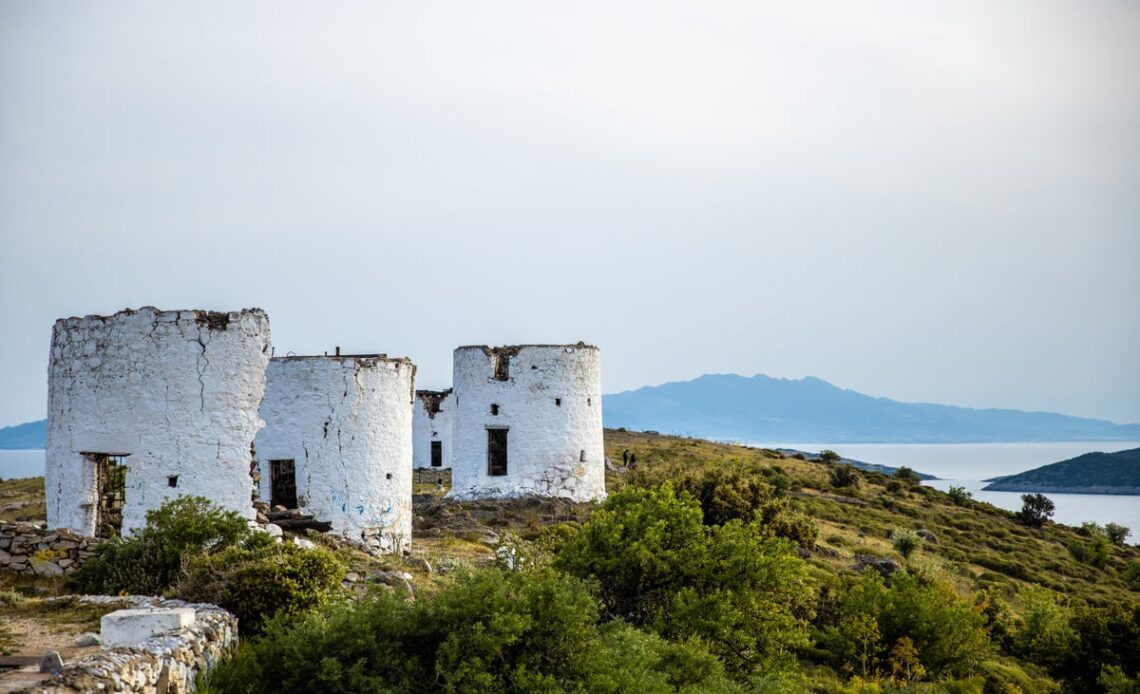Millions of holidaymakers know Bodrum as a resort town tucked into an attractive corner of the south-west Turkish coast, where the meandering shore meets the clear waters of the Aegean Sea. Yet for anyone who cares to explore, Bodrum offers a wealth of experiences that enrich a visit. Natural good looks, a deep and rich heritage and a vibrant 21st-century way of life combine to magical effect.
Reaching this thumb of Turkish territory is easy, with direct flights from across the UK to Bodrum airport. And many arrivals head straight into town – where the first of my highlights awaits.
Bodrum Harbour
When you see the sugar-white houses of Bodrum sprinkled around a natural amphitheatre, it could be love at first sight. All eyes – and visitors – are drawn to the harbour at the heart of the town. Bodrum’s port has been an Aegean hub for millennia. The first known settlement was founded as Halicarnassus around 1200 BC. For centuries warring powers fought for control of the strategic location.
Today, Bodrum Harbour is a bay of tranquillity, offering safe haven to hundreds of boats: private yachts, fishing vessels and a network of ferries. One sails across to the pretty Datca peninsula, making a fine day trip.
Cafes line the quayside; my favourite is run by the Mariners Association. As you’d imagine, it’s popular with sailors. Visitors are welcome, too. The excellent coffee will power you along for a day of sightseeing – starting right next door …
Bodrum Castle
The first fortifications at this location, guarding the entrance to the harbour, were built soon after the settlement was founded. The location was originally an island just offshore, but it is now joined to the mainland.
Bodrum Castle was created by the Knights of St John – crusaders from across Europe – during the 15th century. The builders used stones from a much earlier building and a former wonder of the world: the vast ceremonial structure housing the tomb of the Carian King Mausolus (of which more in a moment).
The crusaders named the fortress the Castle of St Peter. Today, it is a warren of walls, ruined chapels and gates, with insignia showing the national provenance of the various groups of knights (Italian, Spanish, English …).
The highlight, though, is the underwater archaeology museum: not a collection beneath the waves, but a display that reveals the past as discovered in shipwrecks. For thousands of years, seafaring was the main form of trade and communication in the Aegean…
Click Here to Read the Full Original Article at The Independent Travel…
